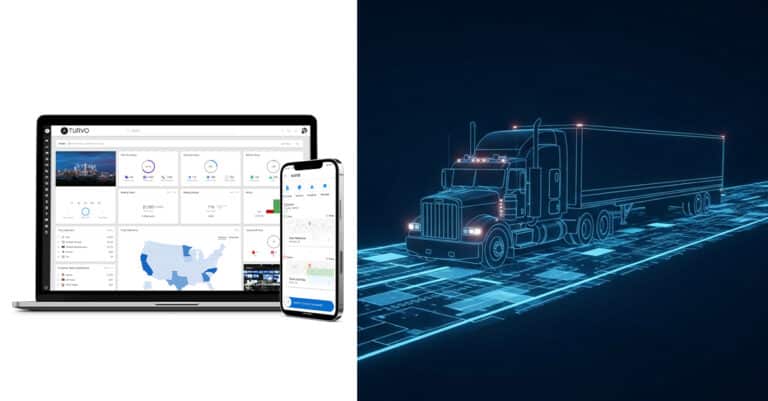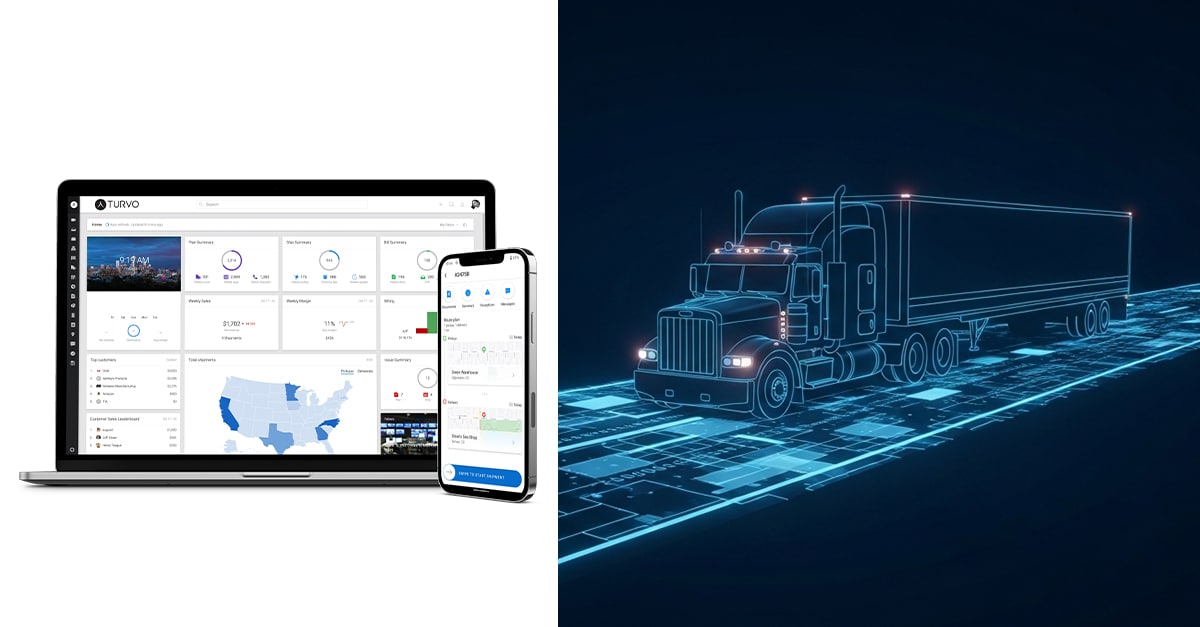Are You Sacrificing One System to Hang On to Another?
Jump straight to the Infographic
Transportation Management Systems (TMS) are critical to the planning, execution, and settlement of shipments. 3PLs, brokers, carriers, and shippers all rely on logistics tools and visibility to run a streamlined supply chain. TMS creates significant value through real-time sharing, automation, creating a good customer experience, end-to-end shipment planning, and more. There’s no debate in the critical value a TMS brings to transportation companies and their customers.
But, when a company buys a TMS solution with a built-in accounting application, this is where the trouble can begin. This all-in-one approach reduces the effectiveness, focus, flexibility, and scalability of your TMS. When a TMS with embedded accounting tools needs a tech refresh or new features, but your accounting system doesn’t – you begin to make decisions that don’t benefit the independent teams using the two very different applications. Same goes for when your accounting system needs an upgrade. You begin to lessen the value and water down important business tools.
Here are 5 reasons why you should decouple accounting from your TMS:
1. You Deserve the Best of Both Worlds
A trusted TMS should run logistics operations as its primary goal. Logistics and operations teams don’t need a general ledger, and accounting teams don’t need order, shipment, and inventory tracking tools. So when you are tasked to choose a TMS with embedded accounting, you’re forced to bring both teams together who require robust tools to do their very different jobs within the organization. There are compromises that have to be made in terms of the robustness of each tool. When identifying any business application, choose feature-rich and optimized software required to complete the job.
2. Never Sacrifice One Solution for Another
With an all-in-one system, when one system falls behind – you’re stuck. Cut your ties. A business should replace software and grow according to its needs, not its software. While it might seem ideal to have all-in-one a combination of the best of both in one solution, it is tough to find one without making compromises on one solution or the other.
3. Best-of-Breed Solutions are Easier to Replace
Separate systems enable independent upgrade decisions. Don’t get held hostage when one of them falls behind industry standards. If the accounting and TMS systems are independent, the business has much more freedom to make adjustments when needed. If the company’s needs change, it’s less disruptive to switch out one solution. If the TMS solution no longer meets the needs, the business can switch to a different solution without disturbing its accounting function and vice versa.
4. Integrating TMS and Accounting Software is Easier Than You Think
With advancing technology solutions, integrating TMS and accounting software is easier than you think. Most technology, even older tech stacks have a path to integration. APIs enable a more modular architecture which is important for plugging in 3rd party solutions. For example, QuickBooks and NetSuite are two popular accounting solutions that are quick to integrate with leading TMS providers. They are used by successful freight brokers and 3PLs worldwide, leveraging modern cloud infrastructures with open APIs.
5. Your Accounting Team Will Thank You
Accounting software is at the heart of any business. It records and reports financial transactions for invoicing, payments, taxes, payroll, and other activities. Different firms have different accounting software needs. Some may only need generic, off the shelf accounting software, while others will need customized, complex accounting platforms. Trying to package this in with TMS doesn’t give it the attention it deserves. Free your accounting team to choose the best automation and reporting tools. It’s no fun being brought into the late stages of a software selection process and being forced to retrofit your accounting activities into the “chosen TMS.”
It’s Your Tech Stack That Enables Flexibility, Scalability, and Growth
Lastly, it’s absolutely critical to keep your software and infrastructure up to date, and digital transformation is a must to grow. Integrated ecosystems and a SaaS cloud infrastructure allow businesses to replace poor-performing tech quickly, making the business agile and future-proofing it for changing market demands. When your tech stack is modern, it’s easy to be flexible, nimble, and scalable in your business decisions. You’re also able to take advantage of market conditions and stay ahead of your competitors.
Turvo provides the world’s leading Collaborative TMS application designed for the supply chain. Turvo connects people and organizations, allowing shippers, logistics providers, and carriers to unite their supply chains, deliver outstanding customer experiences, collaborate in real-time, and accelerate growth. The technology unifies all systems, internal and external, providing one end-to-end solution to execute all operations and analytics while eliminating redundant manual tasks and automating business processes. Turvo’s customers include some of the world’s most considerable Fortune 500 logistics service providers, shippers, and freight brokers. Turvo is based in the San Francisco Bay Area with offices in Dallas, Texas, and Hyderabad, India.









